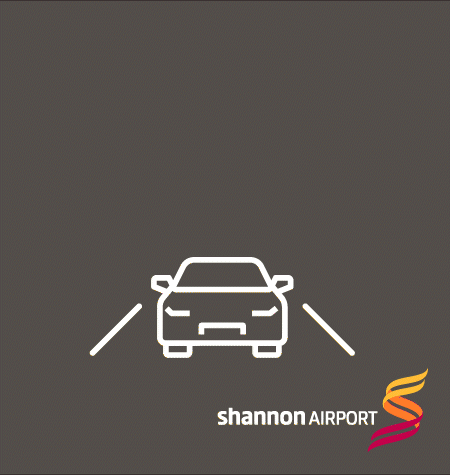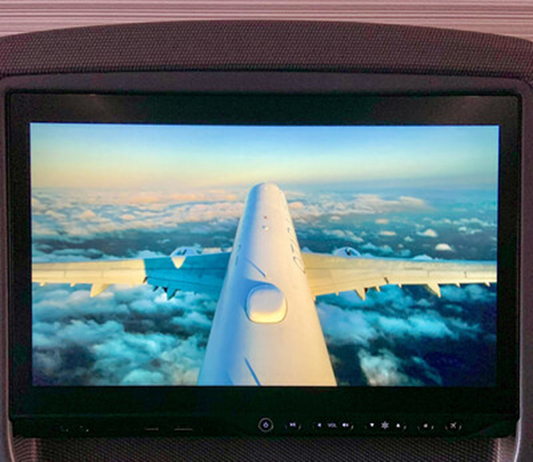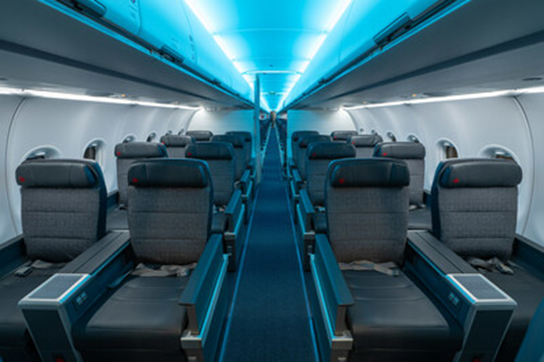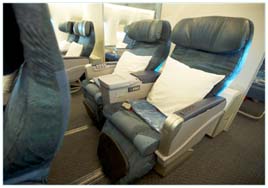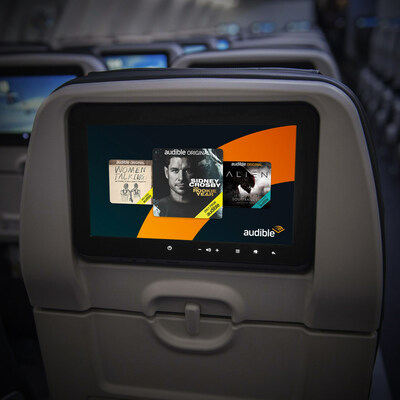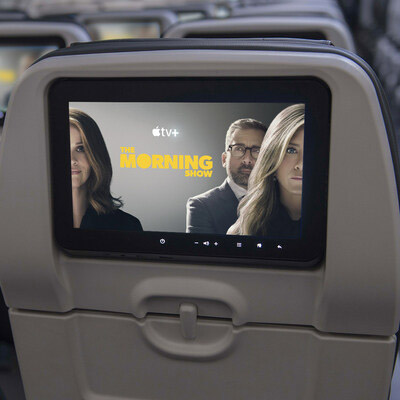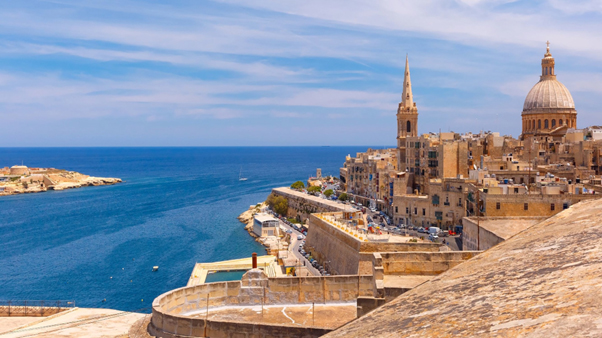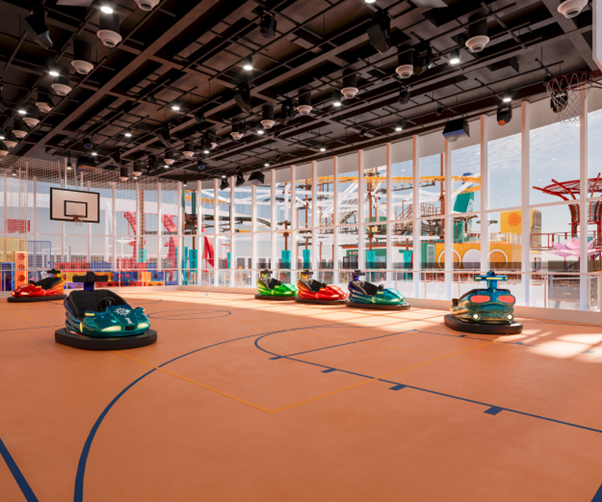Air Canada Unveils First Upgraded Airbus A321 with an All New Interior and Industry-Leading Cabin Technology
Cabin improvements include larger overhead bins, new seating, and a state-of-the-art in-flight entertainment system.
Industry-first exterior cameras on a narrow-body aircraft provide customers real time, high-definition flight views on IFE seatback screens.
Aircraft will serve as onboard trial environment for new technologies such as Bluetooth audio at seatbacks and free high-speed Internet available to all customers.
Customers on board Air Canada flight AC692 operated with Fin 451 (C-GITU) Saturday shared a pilot’s eye view of the take-off due to new exterior cameras connected to the aircraft’s seatback entertainment system. The new camera feature, a first for a narrow-body aircraft, is one of several innovations unveiled with the airline’s first upgraded Airbus A321, which has been redesigned from nose to tail.
Air Canada is continuing to invest in customer comfort across its fleet of Airbus A321s and A320s which will feature a new cabin interior, new technologies and services such as Bluetooth audio, and free high-speed internet sponsored by Bell.
“We’re proud to welcome customers on board to experience the comfort, convenience, and connectivity of our latest cabins. These upgraded fleet interiors will align the A320s and A321s to the highly popular A220 experience, further strengthening our industry leading product offering,” said Mark Nasr, Executive Vice President, Loyalty and Product at Air Canada.
“Additionally, new features such as our inflight entertainment system streaming exterior aircraft camera feeds, Bluetooth connectivity, and free, fast internet connectivity will be extremely popular with travellers. We will continue advancing our product leadership by trialing more new in-flight experiences with this A321 and expanding those learnings to additional aircraft in our fleet.”
Highlights of new cabin features:
- Larger overhead bins – Latest Airbus Airspace XL design, the largest overhead bins in-class that will also be installed on the Airbus A321XLRs.
- Upgraded seating – Presents a standardized product across the Air Canada narrowbody fleet in both Business Class and Economy. The new seats are designed to optimize passenger personal space, improve ergonomics, and provide more storage giving customers a more comfortable experience.
- Bluetooth audio – Air Canada’s newest IFE system will feature a Bluetooth-enabled seatback monitor. Customers will be able to connect their personal headsets while watching video on demand, live TV, or listening to podcasts or music. This initiative helps reduce usage of single-use headphones and supports Air Canada’s sustainability objectives in reducing waste.
- New exterior cameras – Customers can now watch their flight live thanks to a new first-in-class narrowbody tail and belly camera system providing high-resolution, real-time video of the aircraft exterior.
- Full colour LED mood lighting – New cabin lighting system will allow different ambiances to be set depending on time of day and phase of flight.
- Fast and reliable Wi-Fi – Upgraded satellite-based connectivity.
- Power options at all seats – All customers have access to power outlets, USB-A, and USB-C.
The new IFE system being installed on the Airbus A321 and A320 fleets will feature Air Canada’s award-winning in-flight entertainment via screens at each seat, offering the most extensive content overall of any airline in the Americas. Customers will also enjoy live TV on their flights with this new cabin, featuring BNN, CTV, LCN, RDS, TSN1 and TSN2 available on all flights operated by this aircraft, including when flying over the US.
Air Canada’s remaining 14 Airbus A321s and its eight A320s will be retrofitted starting this fall through to the end of 2025. With these upgrades, customers will benefit from an elevated narrow-body cabin experience, in line with the cabins of the Airbus A220 and Boeing 737 MAX aircraft that comprise the majority of Air Canada’s narrowbody fleet.
The new cabin also reduces the overall weight of the A321 by approximately 240 kilograms, which will reduce fuel consumption for the entire fleet once the work is completed by more than 2.4 million litres and reduce GHG emissions by 6,256 tCO2 equivalent per year, or the equivalent of the electricity used annually by 4,185 Canadian homes.

